Some time ago I adapted a function to generate hexagons that might be exactly what you're looking for. It takes the parameters cell width, and the coordinates for southwest and northeast corners, and generates a hexagonal grid.
CREATE OR REPLACE FUNCTION create_hexagons(width FLOAT, xmin FLOAT, ymin FLOAT, xmax FLOAT, ymax FLOAT)
RETURNS TABLE (_gid INTEGER, _geom GEOMETRY) AS $$
DECLARE
b FLOAT := width/2;
a FLOAT := b/2;
c FLOAT := 2*a;
height FLOAT := 2*a+c;
ncol FLOAT := ceil(abs(xmax-xmin)/width);
nrow FLOAT := ceil(abs(ymax-ymin)/height);
polygon_string VARCHAR := 'POLYGON((' ||
0 || ' ' || 0 || ' , ' || b || ' ' || a || ' , ' || b || ' ' || a+c || ' , ' || 0 || ' ' || a+c+a || ' , ' ||
-1*b || ' ' || a+c || ' , ' || -1*b || ' ' || a || ' , ' || 0 || ' ' || 0 || '))';
BEGIN
CREATE TEMPORARY TABLE tmp (gid serial NOT NULL PRIMARY KEY,geom GEOMETRY(POLYGON)) ON COMMIT DROP;
INSERT INTO tmp (geom)
SELECT ST_Translate(geom, x_series*(2*a+c)+xmin, y_series*(2*(c+a))+ymin)
FROM generate_series(0, ncol::INT, 1) AS x_series,
generate_series(0, nrow::INT,1 ) AS y_series,
(SELECT polygon_string::GEOMETRY AS geom
UNION
SELECT ST_Translate(polygon_string::GEOMETRY, b, a + c) AS geom) AS two_hex;
ALTER TABLE tmp ALTER COLUMN geom TYPE GEOMETRY(POLYGON, 4326) USING ST_SetSRID(geom, 4326);
RETURN QUERY (SELECT gid, geom FROM tmp);
END;
$$ LANGUAGE plpgsql;
This function returns a table with the columns _gid and _geom, containing an identifier and the geometry for each hexagon, respectively.
CREATE TABLE t AS
SELECT * FROM create_hexagons(1.0, -180, -90, 180, 45)
With these parameters, the function generates a grid with 98192 hexagons covering the whole world:

Here a bit closer, so that you can see the grid:

If you're only interested in covering land, you can create a subset of these hexagons based on a geometry of your choice using ST_Intersects:
CREATE TABLE t_overlap AS
SELECT t._gid,t._geom FROM t,world
WHERE ST_Intersects(world.geom,t._geom)
This query will create a subset with a grid containing 35911 hexagons, which intersect with the geometries from the world map:

The world map used in this answer can be downloaded as shapefile here.
End product: - A table containing the center point for each hexagon in
a hexagonal grid that covers the whole world. - The hexagons have a
fixed area
Generating the centroids for each hexagon isn't a big deal either (see ST_Centroid):
CREATE TABLE t_overlap_centroid AS
SELECT ST_Centroid(_geom) FROM t_overlap;




